Dreams made of diamonds
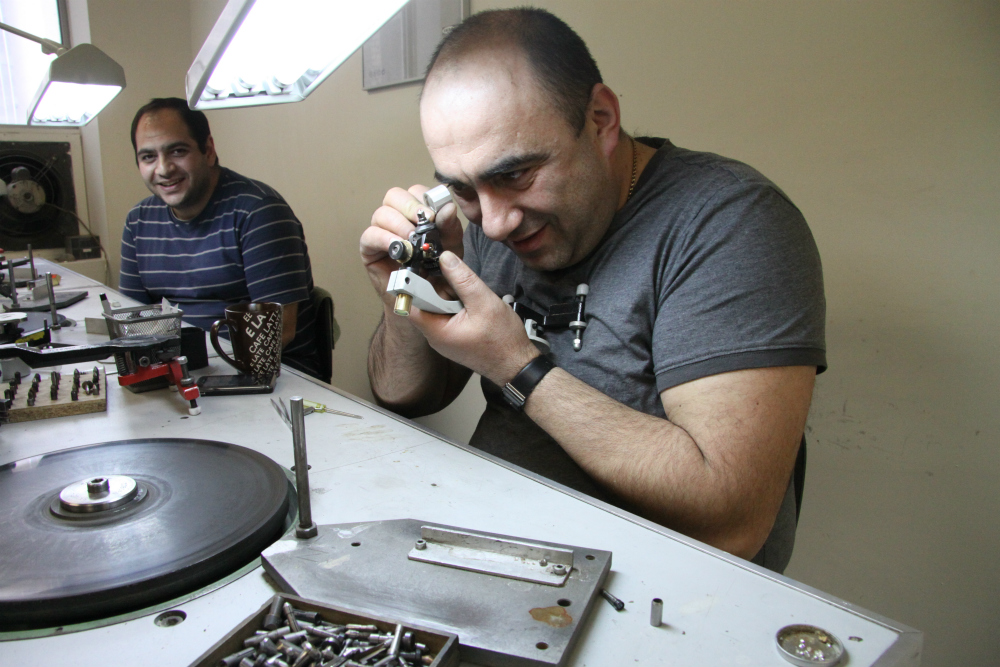 Matevos Harutyunyan has to fly across Canada from Yellowknife, the capital of Northwest Territories, to Montreal to do what he loves the most.
Matevos Harutyunyan has to fly across Canada from Yellowknife, the capital of Northwest Territories, to Montreal to do what he loves the most.
Harutyunyan is an expert diamond cutter and polisher but ever since the Arslanian Cutting Works factory in Yellowknife shut its doors two years ago, the only chance he gets to practice his beloved craft is during short visits to Montreal.
That’s where his friends and former colleagues Gevorg Mkhitaryan, Gagik Tamrazyan and Vardan Sukiasyan have set up Melisende Diamonds Ltd. a small diamond polishing operation that opened in 2010 in downtown Montreal with big dreams of becoming a major player in Canada’s emerging diamond processing industry.
|
Links to our series on diamond mining in the Northwest Territories: Canada – a diamond mining superpower Diamonds fuel the Northwest Territories’ economy Diamonds – the darker side of prosperity Social ills keep many on the sidelines of NWT’s diamond boom |
“I miss this,” Harutyunyan said pressing to a polishing wheel a diamond set in a special grip,. “It’s become part of me, I’ve been doing this for 15 years.”
Harutyunyan and his friends were part of a group of about 60 Armenian diamond cutters and polishers who were brought to the Northwest Territories to work in Yellowknife’s nascent diamond processing industry.
Under Soviet rule, Armenia was one of the USSR’s main diamond processing centres and developed world-class expertise in diamond cutting and polishing. But after the collapse of the Soviet Union, the quake-ravaged and worn-torn Armenia fell on hard economic times.
With their skills in high demand everywhere from Botswana to Canada, Armenian diamond cutters joined the mass exodus of skilled workers from Armenia, as almost one-third of the country’s population emigrated in search of better living conditions.
Harutyunyan, 41, who now drives a taxi in Yellowknife, said the Armenian diamond cutters where a tight-knit community. Most had grown up together and had worked together at the diamond plant in their native Nor Hachn, in Armenia.
“When we moved to Canada, it wasn’t just individual workers, it was like a big extended family picked up and moved to Yellowknife,” Harutyunyan said. “We took care of each other, we watched each other’s backs. We exchanged news of Armenia and our families. I really miss that.”
Canada – a diamond mining superpower?
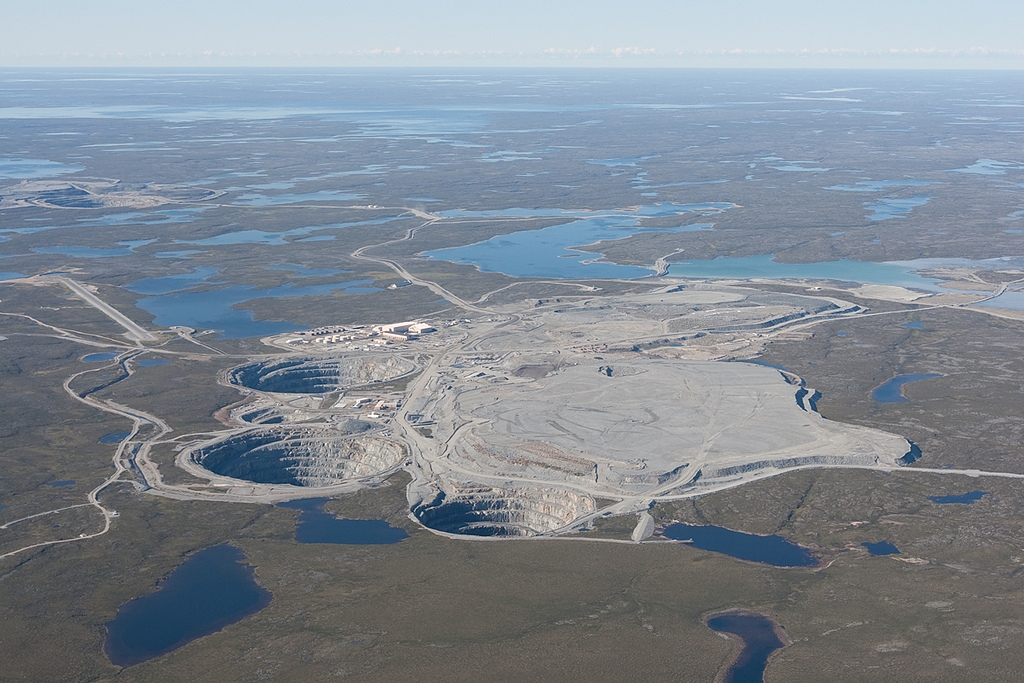 Canada is a relative newcomer to diamond mining. De Beers, the world’s leading diamond company, had been prospecting for diamonds in Canada since the early 1960s. In 1987, a second year geology student Brad Wood who was working for De Beers stumbled upon kimberlite rocks, volcanic rocks that sometime contain diamonds, while fishing on Attawapiskat River, in the James Bay lowlands of Northern Ontario. The site would eventually become today’s Victor Mine.
Canada is a relative newcomer to diamond mining. De Beers, the world’s leading diamond company, had been prospecting for diamonds in Canada since the early 1960s. In 1987, a second year geology student Brad Wood who was working for De Beers stumbled upon kimberlite rocks, volcanic rocks that sometime contain diamonds, while fishing on Attawapiskat River, in the James Bay lowlands of Northern Ontario. The site would eventually become today’s Victor Mine.
But it wasn’t until 1991, when two enterprising geologists, Stewart Blusson and Chuck Fipke, discovered large diamond deposits in the Lac de Gras region of the Northwest Territories that the word learned of Canada’s Arctic diamonds.
Diamond production at the Anglo-Australian mining giant BHP Billiton’s EKATI Mine in the Lac de Gras region, about 300 kilometres northeast of Yellowknife, started in 1998 (Fipke and Blusson, each hold a 10 per cent share in the EKATI Mine). In 2003, Rio Tinto, another giant British-Australian mining and metals company, opened its Diavik Mine not far from EKATI. And in 2008, De Beers opened its first Canadian mine at Snap Lake about 220 kilometres northeast of Yellowknife.
Ontario joined Canada’s diamond club in 2008, when De Beers started commercial diamond production at its Victor mine, about 90 kilometres west of the First Nations community of Attawapiskat, in northern Ontario.
In less than a decade, Canada was propelled to the diamond mining major leagues, becoming the world’s third-largest producer, by value, of rough stones, behind Botswana and Russia.
Diamonds are Yellowknife’s best friend
But Canada has had a much harder time creating a viable diamond processing industry.
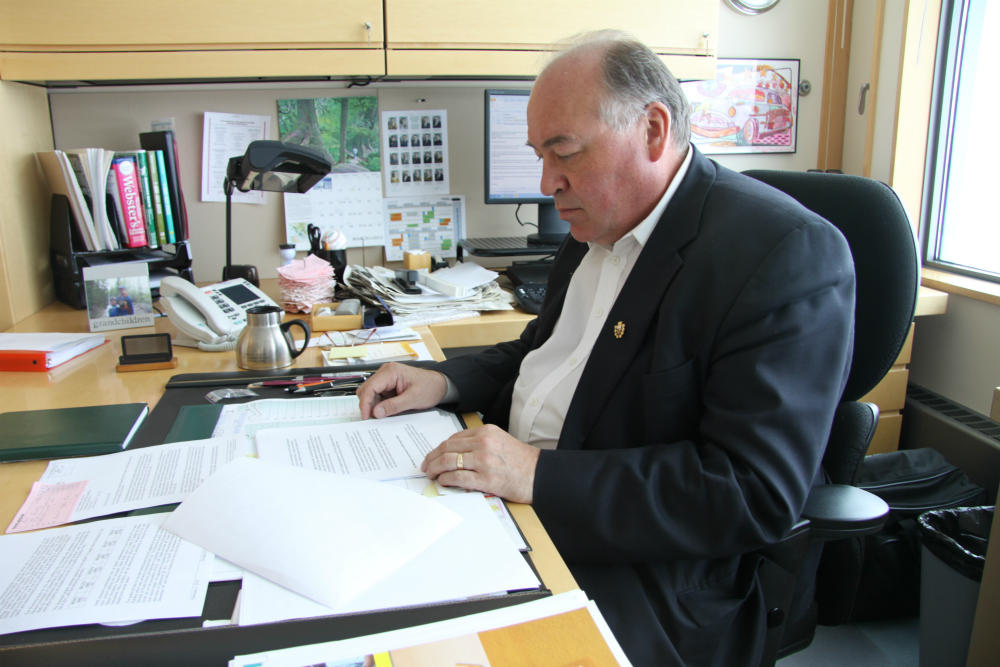 Speaking at his spacious office at the Northwest Territories Legislative Assembly in Yellowknife, Premier Bob McLeod said that from the very beginning, the territorial government pushed diamond mines to set aside about 10 per cent of their output for processing in Yellowknife.
Speaking at his spacious office at the Northwest Territories Legislative Assembly in Yellowknife, Premier Bob McLeod said that from the very beginning, the territorial government pushed diamond mines to set aside about 10 per cent of their output for processing in Yellowknife.
“The value added sector, the secondary diamond industry was something that we really wanted to establish because as a territory most of the benefits [of mining] go outside to the federal government because they collect the royalties,” McLeod said.
The idea seemed simple enough. With all the attention that conflict or so called “blood” diamonds were getting in the international media and even in Hollywood – with films like Blood Diamond starring Leonardo DiCaprio and Jennifer Connelly – Canadian authorities saw a marketing opportunity in offering “ethical” Canadian diamonds.
Experts reckoned that some customers were ready to pay up to 10 or 15 per cent more for Canadian produced diamonds, knowing that no blood was spilled and that no child labour was used in their production. The government of Northwest Territories even came up with a clever marketing gimmick, a tiny laser-etched polar bear on diamonds produced in Yellowknife.
Armenian diamond know-how
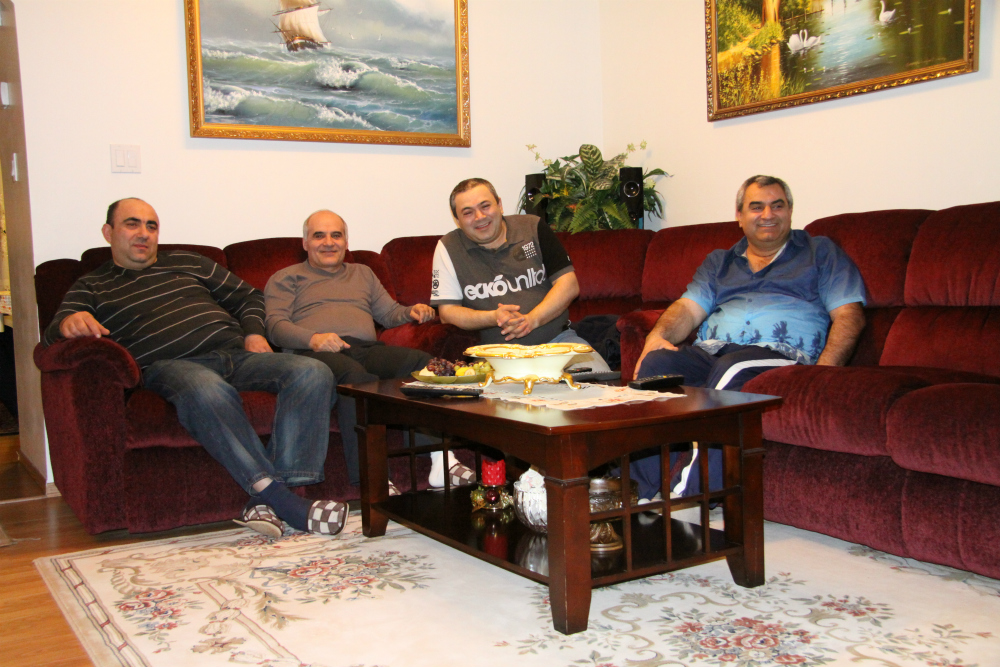 With no indigenous diamond processing workforce, authorities brought in experienced foreign cutters and polishers to staff the newly opened diamond cutting and polishing factories.
With no indigenous diamond processing workforce, authorities brought in experienced foreign cutters and polishers to staff the newly opened diamond cutting and polishing factories.
Zakar Hovhannisyan was among the first Armenian diamond cutters to come to Yellowknife in October of 2000.
A graduate of the prestigious Moscow Institute of Physics and Technology, the Soviet equivalent of MIT, Hovhannisyan started out as an astrophysicist at the high-altitude Byurakan Observatory in Armenia.
But following the collapse of the Soviet Union in December of 1991, research money dried up and Hovhannisyan went back to his native town of Nor Hachn.
In the 1970s, Nor Hachn, a small town 20 km north of the capital, Yerevan, had become the centre of Armenia’s diamond processing industry. A combination of a highly skilled work force, the nature of diamond processing itself and investment by Diaspora Armenian entrepreneurs meant that in the early 1990s the diamond industry became one of the few industries that made a successful transition to the market economy.
Hovhannisyan was hired as a programmer by the Lori diamond processing factory in Nor Hachn owned by Belgium-based Armenian diamond entrepreneur Chahé Arslanian. Hovhannisyan helped to create diamond inventory control software for the factory.
But once the software was successfully completed, Hovhannisyan found himself looking for another job.
“The only other jobs available were those of diamond cutters,” Hovhannisyan said, “so I convinced the manager to hire me as a diamond cutter.”
Then in 2000, hoping to take advantage of Canada’s diamond mining boom, Arslanian opened Arslanian Cutting Works in Yellowknife.
And Hovhannisyan was recruited to help set up the operation of the plant and install its diamond inventory software.
At their peak, from 2003 to 2006, the four factories that set had up shop in Yellowknife’s Diamond Row district – Sirius, Arslanian Cutting Works, Laurelton and Canada Dene Diamonds – employed about 200 people.
Hard market realities
Hovhannisyan said the diamond cutting factories in Yellowknife had a hard time competing with factories in India and Thailand that operated at a fraction of the cost. The high turnover of staff at the diamond factories was another huge challenge, he said.
“It’s an issue that affects all northern businesses,” said Hovhannisyan who left the diamond processing industry to learn accounting and now works as a controller at the Det’on Cho Corporation, the business arm of the Yellowknives Dene First Nation. “People were just not ready for the kind of commitment learning diamond polishing required, and many found the job too taxing.”
Bob Bies, a former manager at the Arslanian Cutting Works, said the factory owners simply didn’t have deep enough pockets to operate in the cutthroat diamond business. Diamond processing companies had to pay up mining companies millions in advance to purchase the rough stones while it took them up to six months to be paid by their customers who bought the polished diamonds, Bies said.
McLeod said diamond processing plants complained that despite the 10 per cent quota, they weren’t getting enough large stones from the mining companies.
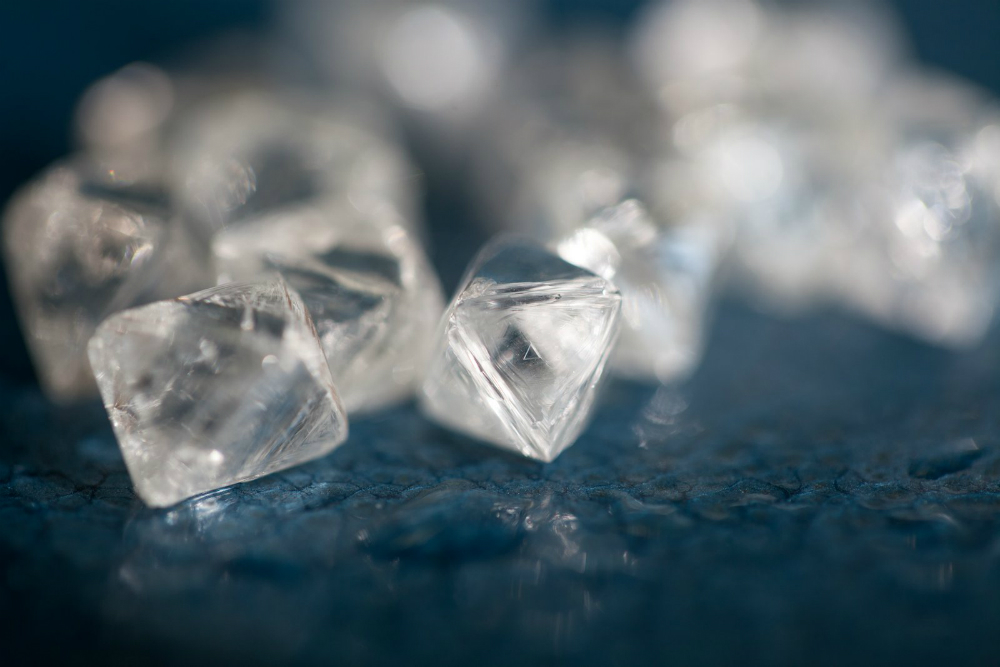 Vahe Agopian, owner of the Vancouver-based diamond retailer Lugaro Jewellers, said the cooperation of the mining companies in granting Canadian diamond cutters privileged access to larger and better quality stones is critical to any future success of the diamond processing industry not only in the Northwest Territories, but also in the rest of Canada.
Vahe Agopian, owner of the Vancouver-based diamond retailer Lugaro Jewellers, said the cooperation of the mining companies in granting Canadian diamond cutters privileged access to larger and better quality stones is critical to any future success of the diamond processing industry not only in the Northwest Territories, but also in the rest of Canada.
Agopian, who’s been in the diamond business for over 25 years, said it comes down to simple mathematics. The most important components of diamond pricing are the cost of the rough diamonds and the cost of labour. Canadian producers simply stand no chance of competing against producers in India, who pay their labourers almost a hundred times less than what Canadian diamond cutters get, Agopian said. Because of its low labour costs and the enormous workforce – it’s a $23-billion industry, and diamond polishing and processing factories in Gujarat and Maharashtra employ about three million workers – India dominates the production of smaller diamonds. But the relative share of labour costs declines dramatically in larger and better quality stones, making Canadian producers more competitive.
However, the diamond mines in the Northwest Territories already have long-established clients in Europe who get their best rough diamonds, leaving Canadian producers with fewer larger gems to work with.
Compounding the problem for the Canadian producers was a lack of branding, Agopian said. While he praised the government of the Northwest Territories for its distinctive polar bear diamond brand, he said not enough was done to support and grow it.
“People are not ready to pay extra money for a diamond just because it’s Canadian,” Agopian said.
Canadian diamond makers needed a little “je ne sais quoi” to sell their gems, the same way French liquor producers can charge an extra for their brandy because Cognac is not just a place but a world renown brand, Agopian said.
Faced with these problems, one by one, the diamond processing plants in Yellowknife shut down, leaving dozens of highly qualified diamond cutters without jobs.
The last one standing
Today, only one facility operated by Crossworks Manufacturing of Vancouver, B.C., with barely a dozen diamond cutters brought from Vietnam, continues cutting and polishing diamonds in Yellowknife.
Crossworks has a much bigger facility in Sudbury where it processes rough diamonds from the Victor Mine.
Thanks to an agreement negotiated between the Ontario government, De Beers Canada and the Diamond Trading Company, the marketing and distribution arm of De Beers, Crossworks receives up to 10 per cent of the Victor Mine rough diamond output.
Diamond dreams in Montreal
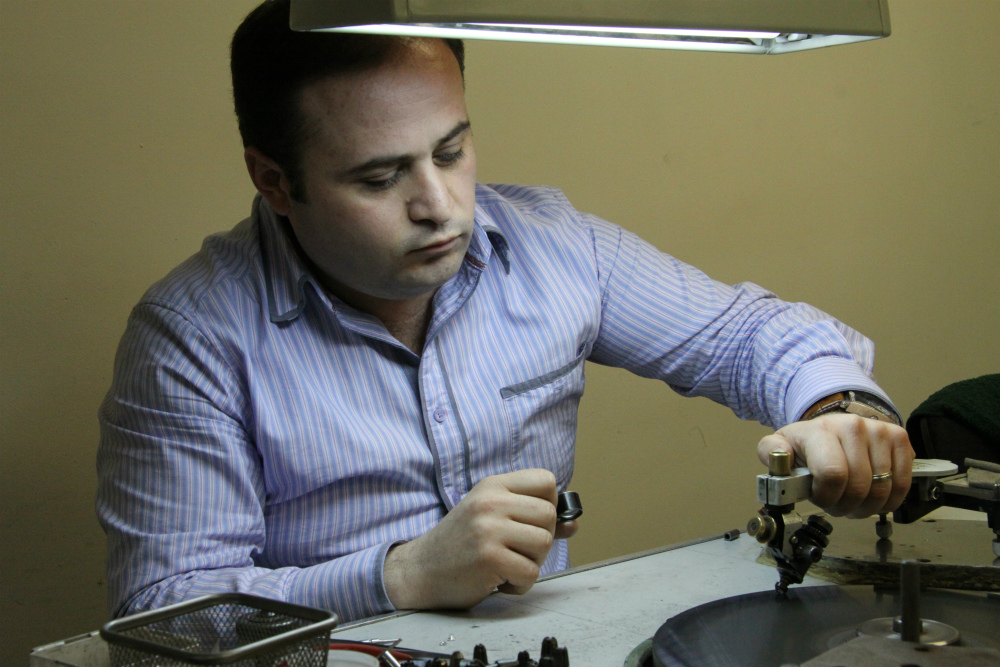 And that’s the model Harry Ohanessian, president of Melisende Diamonds, wants the government of Quebec to replicate when the Renard Mine in north-central Quebec becomes operational in 2015.
And that’s the model Harry Ohanessian, president of Melisende Diamonds, wants the government of Quebec to replicate when the Renard Mine in north-central Quebec becomes operational in 2015.
“The idea is to get rough diamonds from our Quebec mine and to have them cut here in Quebec, as they have done it in the Northwest Territories and Ontario,” Ohanessian said.
Renard is owned by the Vancouver-based Stornoway Diamond Corp. and the province, which holds a 37-per-cent stake in the mine. The mine is a key part of Premier Jean Charest’s Plan Nord project for the development of northern Quebec. The province is also planning to spend $330 million to extend Route 167 to allow all-season access to the mine via communities of Chibougamau and Mistissini.
Nicola Begin, a spokesperson for the provincial Natural Resources Department, said as part of its mineral strategy the province, too, wants to see 10 per cent of rough diamonds produced by Renard set aside for processing in Quebec.
However, when contacted to comment on this issue, Matt Manson, the president and CEO of Stornoway Diamond Corp., declined to commit to any numbers.
“We are focused on the financing and development of the mine itself, which for us comes first,” Manson wrote in a terse email.
Ohanessian, 40, said he believes there is still a lot of demand for Canadian diamonds and he intends to hire the best diamond cutters in Canada to not only work at the Montreal facility but also to train a new generation of diamond cutters.
“At this moment we have six cutters and one bruter (bruting is the process of grinding the rough diamond to give it its outline),” Ohanessian said. “But when the Renard Mine opens up and, hopefully, the natural resources ministry insists on keeping 10 per cent or any percentage of diamonds in Quebec, we will definitely increase those numbers to 18 to 24 cutters.”
These are well-paying jobs, Ohanessian noted, with experienced cutters making $50,000 to $60,000 a year.
He said he’d also like to see Quebec develop its own certification process to certify diamonds produced in the province and create a distinct marketing logo similar to the polar bear logo etched on Northwest Territories diamonds.
“We have also invented a new round diamond cut, which will be even more brilliant than the HCA (Holloway Cut Advisor) round brilliant cut,” Ohanessian said.
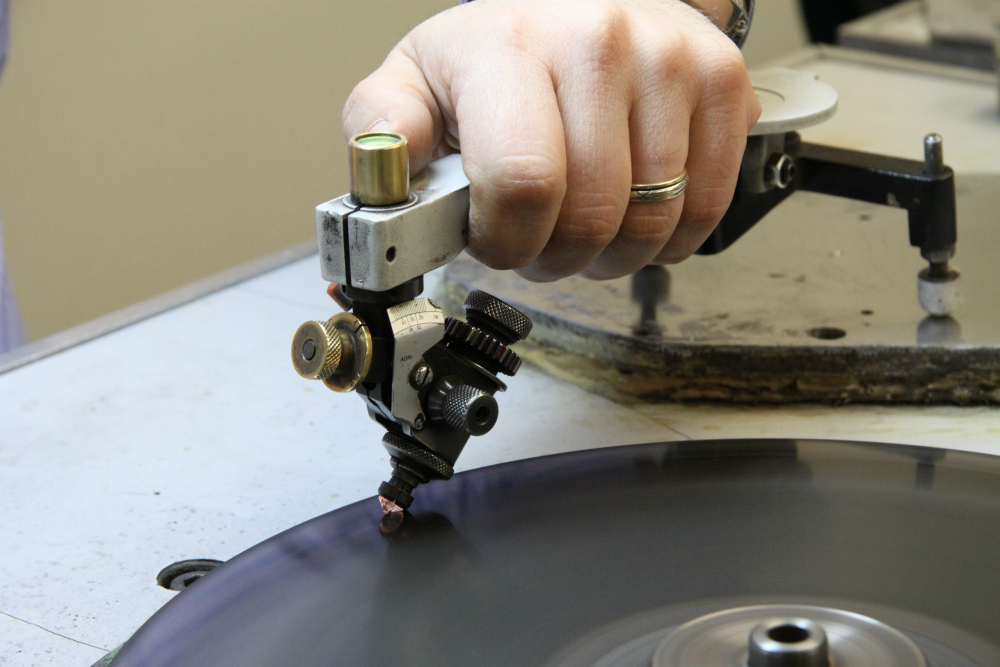 For now, he and his partners buy their stones from Brazil and Africa. Each stone they cut is then sent to New York for certification by the Gemological Institute of America.
For now, he and his partners buy their stones from Brazil and Africa. Each stone they cut is then sent to New York for certification by the Gemological Institute of America.
Once the stones return with their GIA certificates, they’re sold to jewellers who put them in engagement rings, earrings, bracelets and necklaces, or whatever else their customers fancy.
By having some of the best cutters in the business, Melisende can compete with the lower-paid diamond cutters in India or Thailand, he said.
“It’s very simple, in polished diamonds the value of the diamond is not in labour, it’s in the cut,” Ohanessian said.
The price of a diamond cut to an “excellent” grade according to GIA classification could be thousands of dollars higher than the price of a similar diamond cut to a “good” grade, more than making up the difference in wages paid to diamond cutters in India vs. Canada, Ohanessian said.
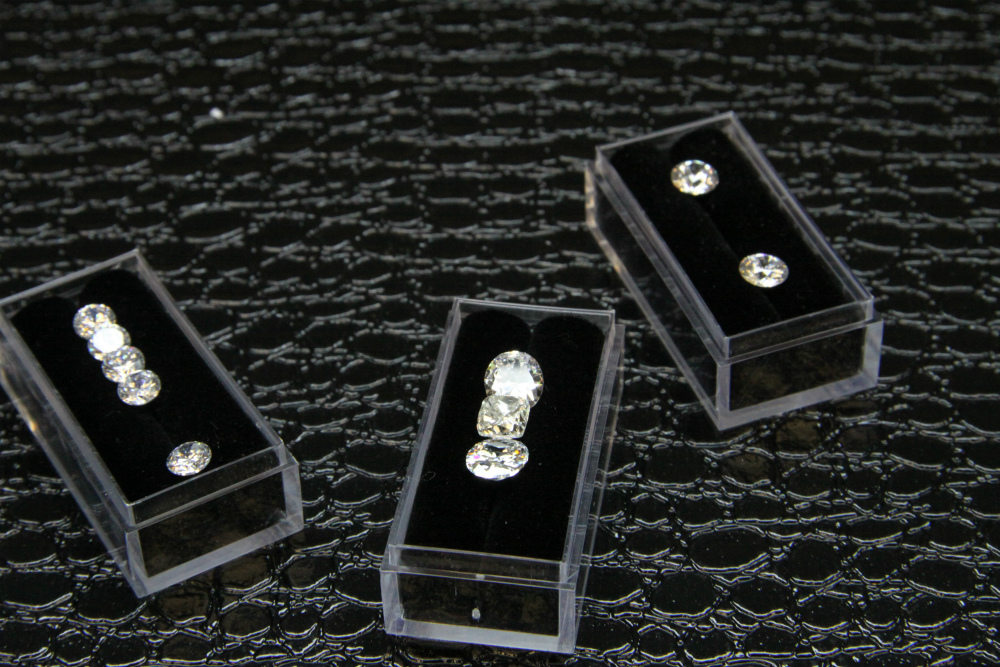 Premier McLeod is also hopeful that the secondary diamond industry still has a chance in the Northwest Territories.
Premier McLeod is also hopeful that the secondary diamond industry still has a chance in the Northwest Territories.
“We’re still talking to about five or six companies or individuals that are still interested and we’re hopeful that we’ll be able to work out a deal so we can keep it going,” McLeod said.
Harutyunyan and his friends hope diamond cutting jobs reappear before they are all forced to live the territory.
“I would love to go back and work at the diamond polishing factory,” Harutyunyan said, “It wasn’t only that I love the work, or that I was able to make a good living, I really miss us being all together. Now, months could go by and we don’t see each other.”



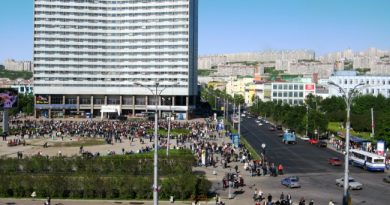
There are so many hobbyist diamond cutters that have adopted a really expensive hobby. One wrong cut and you lose something that has a really huge value in the end.
What needs to be said is Diamonds are a poor investment and worthless. If a contest was held with 500 hundred members of the public participants who have to select from a tray of mixed-stones the ones they like best Diamonds would not be in the first ten chosen. As if this was not bad enough De Beers have mountains of unsold Diamonds that have been overhanging the market for the last 50-years. The wholesale and retail price of diamonds is a rediculous figure and should be cut 85%, and the mines will stiill make a profit. Diamonds are not a girls best friend and are oversold, over advertised and over-produced. The same argument applies to Gold.